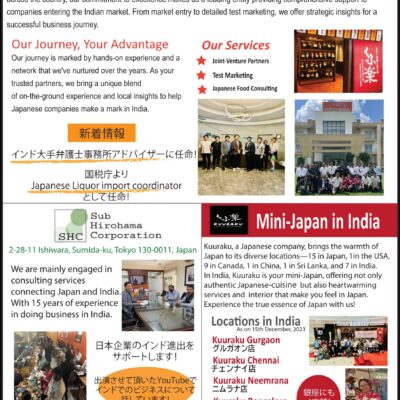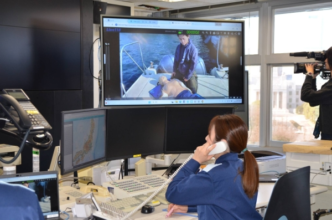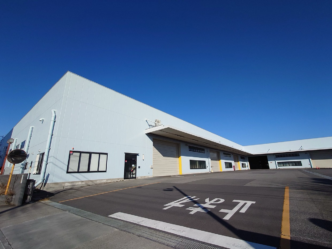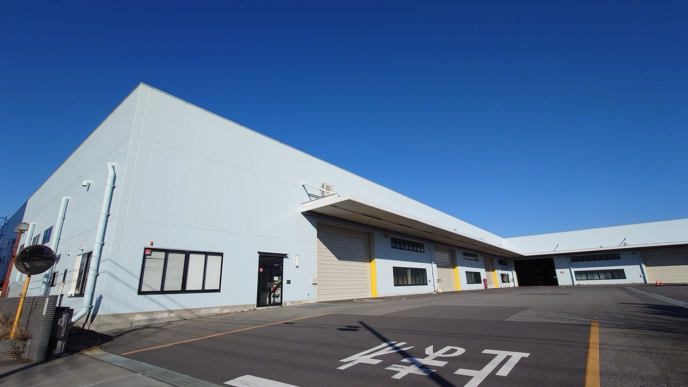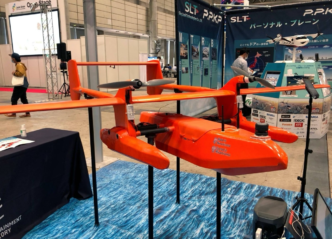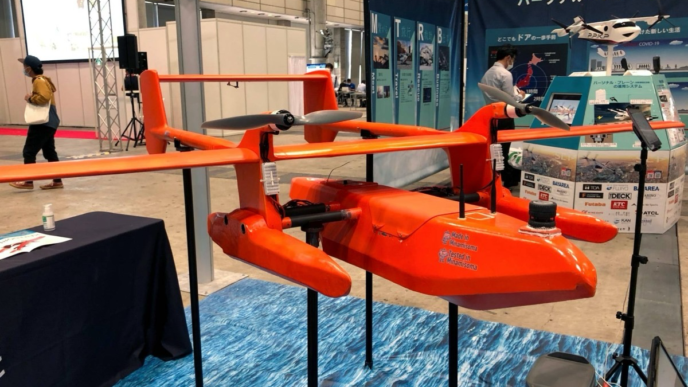Harnessing the Power of Human Movement
In a world increasingly focused on sustainable energy solutions, Japan has taken a unique and innovative approach: turning human footsteps into electricity. By leveraging cutting-edge technology, the nation is transforming bustling urban areas into power-generating hubs.
The Science Behind the Step
At the heart of this groundbreaking initiative lies piezoelectric technology. This technology harnesses the energy generated from mechanical stress, such as pressure or vibration. In the context of human movement, the pressure exerted by footsteps on specially designed flooring materials triggers the release of electrical charges.
Real-World Applications
Japan has been a pioneer in implementing this technology in various public spaces:
- Shibuya Station: One of the world’s busiest train stations, Shibuya has incorporated piezoelectric flooring to power its information displays and lighting systems.
- Shopping Malls and Airports: High-traffic areas in these establishments are being equipped with piezoelectric tiles to generate electricity for common area lighting and other low-power devices.
- Public Pathways and Sidewalks: Urban planners are exploring the potential of integrating piezoelectric materials into sidewalks and pathways to contribute to the overall energy needs of cities.
The Benefits of Footstep Power
- Reduced Carbon Footprint: By utilizing a renewable energy source, Japan is making significant strides in reducing its carbon emissions.
- Enhanced Energy Independence: This technology can help alleviate reliance on traditional power sources, particularly in areas with limited access to renewable energy resources.
- Innovative Urban Design: The integration of piezoelectric technology into urban infrastructure can lead to more sustainable and energy-efficient cities.
Challenges and Future Outlook
While the concept of footstep power is promising, there are challenges to overcome, such as:
- Low Energy Output per Step: The amount of electricity generated from a single footstep is relatively small.
- High Initial Costs: Installing piezoelectric flooring can be expensive, especially for large-scale projects.
Despite these challenges, the potential of footstep power is undeniable. As technology continues to advance and costs decrease, Japan’s innovative approach could inspire other countries to explore similar sustainable solutions. By harnessing the energy of human movement, we can move closer to a future powered by clean and renewable energy.


